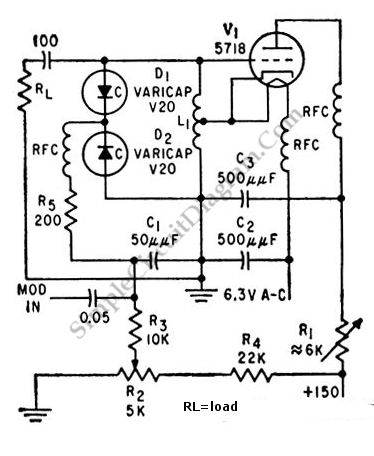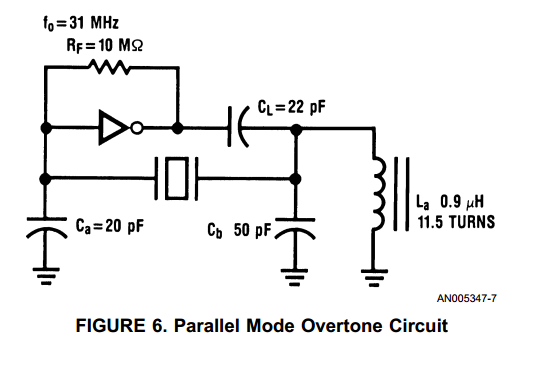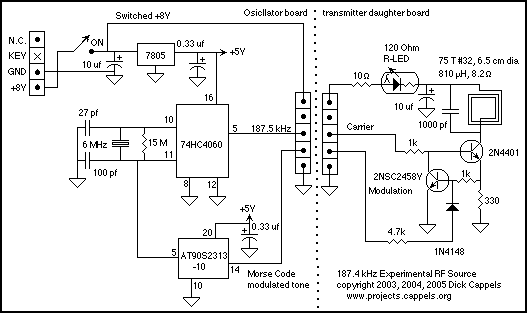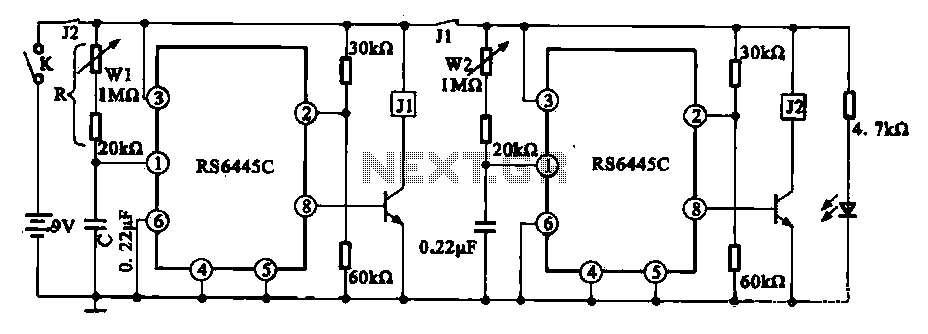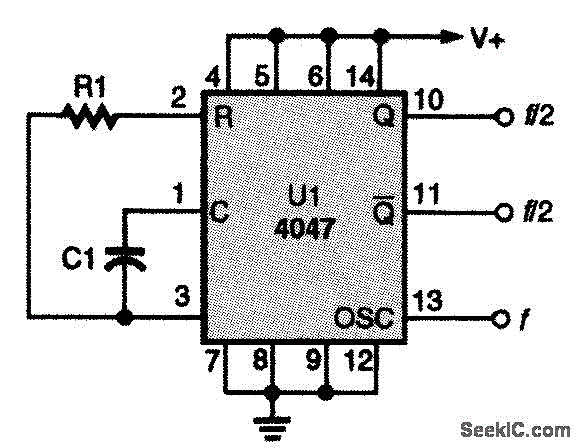
Relation to Classic Oscillator Theory

The open-loop concept of oscillator design is often met with considerable skepticism by engineers familiar with classic oscillator terminology. For clarity, consider Figure 2-4A, where the oscillator cascade is illustrated with only the RF components. The circuit is then redrawn in Figure 2-4B with the output connected to the input and the ground floated. In Figure 2-4C, the emitter is chosen as the ground reference point. It is important to note that this configuration represents the well-known common-emitter Pierce oscillator. In Figure 2-4D, the circuit is again redrawn, this time with the base selected as the ground reference. The result is the familiar common-base Colpitts. These open-loop configurations, including the Pierce and Colpitts oscillators, are essentially the same oscillator.
The open-loop oscillator design is a fundamental concept in RF circuit design, often challenging the traditional views held by engineers. The use of RF components in the design is critical, as shown in the initial representation (Figure 2-4A), which highlights their role in the oscillator cascade. By connecting the output back to the input while floating the ground (Figure 2-4B), the circuit exhibits unique feedback characteristics that are essential for oscillator functionality.
In the subsequent illustrations, the choice of ground reference significantly influences the oscillator type. When the emitter is designated as the ground reference (Figure 2-4C), the circuit operates as a common-emitter Pierce oscillator. This configuration is notable for its simplicity and effectiveness in generating stable oscillations, making it a popular choice in various applications.
Conversely, when the base is selected as the ground reference (Figure 2-4D), the circuit transitions to a common-base Colpitts oscillator. This variant is characterized by its high-frequency performance and is often utilized in applications requiring low noise and high stability.
The realization that these open-loop configurations—Pierce and Colpitts—are fundamentally the same oscillator is crucial for engineers. It underscores the versatility of oscillator design and the importance of understanding the underlying principles that govern their operation. This knowledge allows for more efficient design choices in RF applications, leading to optimized performance and reliability in electronic systems.The open-loop concept of oscillator design is often met with considerable skepticism by engineers familiar with classic oscillator terminology. For comfort consider Figure 2-4A where the oscillator cascade is drawn with only the RF components. Next, the circuit is redrawn in Figure 2-4B with the output connected to the input and the ground floated
. In Figure 2-4C the emitter is selected as the ground reference point. Notice the configuration is the familiar common-emitter Pierce oscillator. In Figure 2-4D the circuit is again redrawn, this time with the base selected as ground reference. The result is the familiar common-base Colpitts. These open-loop, Pierce and Colpitts oscillators are in fact the same oscillator! 🔗 External reference
The open-loop oscillator design is a fundamental concept in RF circuit design, often challenging the traditional views held by engineers. The use of RF components in the design is critical, as shown in the initial representation (Figure 2-4A), which highlights their role in the oscillator cascade. By connecting the output back to the input while floating the ground (Figure 2-4B), the circuit exhibits unique feedback characteristics that are essential for oscillator functionality.
In the subsequent illustrations, the choice of ground reference significantly influences the oscillator type. When the emitter is designated as the ground reference (Figure 2-4C), the circuit operates as a common-emitter Pierce oscillator. This configuration is notable for its simplicity and effectiveness in generating stable oscillations, making it a popular choice in various applications.
Conversely, when the base is selected as the ground reference (Figure 2-4D), the circuit transitions to a common-base Colpitts oscillator. This variant is characterized by its high-frequency performance and is often utilized in applications requiring low noise and high stability.
The realization that these open-loop configurations—Pierce and Colpitts—are fundamentally the same oscillator is crucial for engineers. It underscores the versatility of oscillator design and the importance of understanding the underlying principles that govern their operation. This knowledge allows for more efficient design choices in RF applications, leading to optimized performance and reliability in electronic systems.The open-loop concept of oscillator design is often met with considerable skepticism by engineers familiar with classic oscillator terminology. For comfort consider Figure 2-4A where the oscillator cascade is drawn with only the RF components. Next, the circuit is redrawn in Figure 2-4B with the output connected to the input and the ground floated
. In Figure 2-4C the emitter is selected as the ground reference point. Notice the configuration is the familiar common-emitter Pierce oscillator. In Figure 2-4D the circuit is again redrawn, this time with the base selected as ground reference. The result is the familiar common-base Colpitts. These open-loop, Pierce and Colpitts oscillators are in fact the same oscillator! 🔗 External reference
